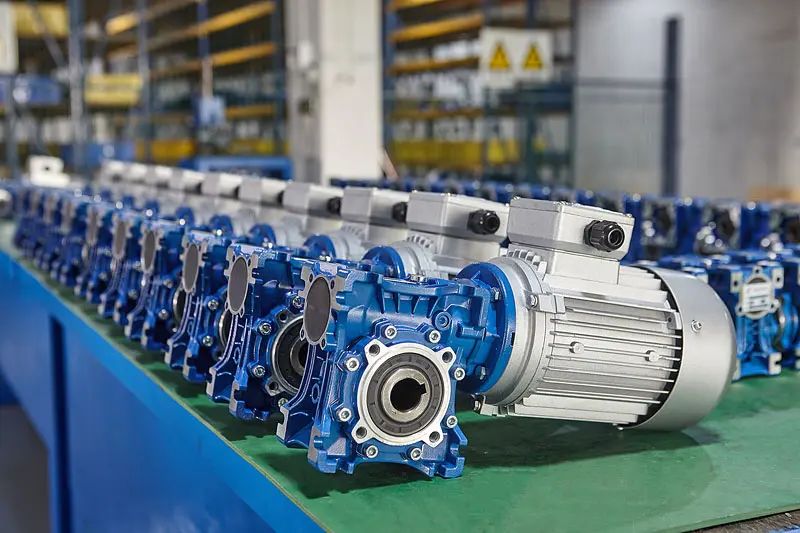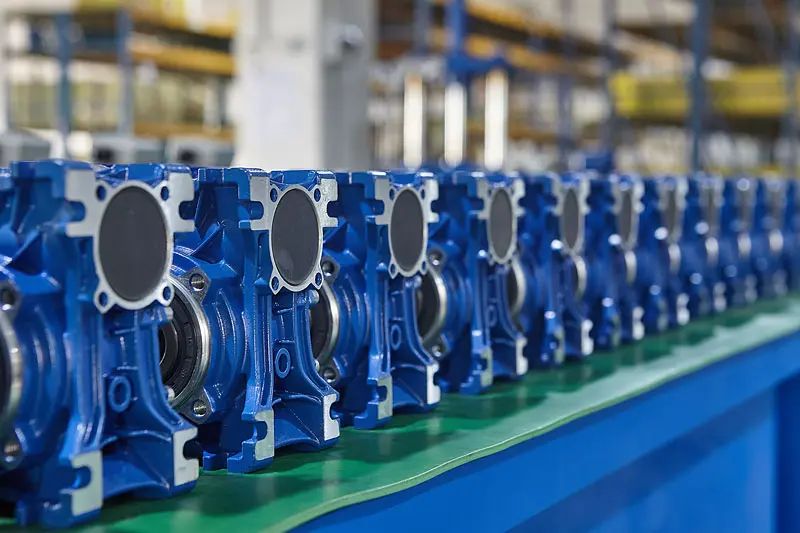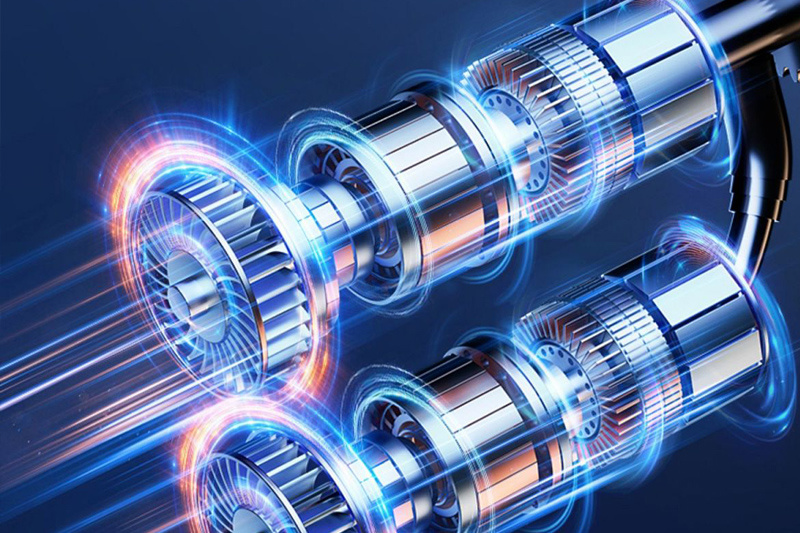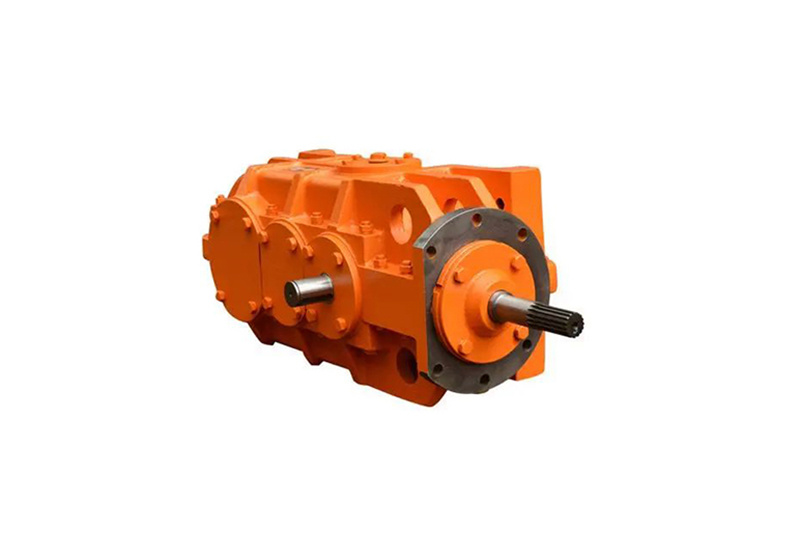Impact and noise caused by pitting corrosion on the tooth surface of gear reducers
Release Time:
Nov 12,2021
Impact and noise caused by pitting on the tooth surface of the gear reducer. After running under load for a period of time, small pieces of metal often fall off near the tooth surface pitch line, forming pitting corrosion, also known as pitting corrosion. As working hours increase, tooth surface pitting will also rapidly expand. Then it develops into expansive pitting, mutually damaging the tooth profile, not only increasing working noise and impact, but also accelerating tooth surface wear due to falling metal debris, resulting in unstable gear transmission and noise. Assembly errors can cause noise. The geometric accuracy during the assembly process does not meet the design requirements.
Impact and noise caused by pitting on the tooth surface of the gear reducer. After running under load for a period of time, small pieces of metal often fall off near the tooth surface pitch line, forming pitting corrosion, also known as pitting corrosion. As working hours increase, tooth surface pitting will also rapidly expand. Then it develops into expansive pitting, mutually damaging the tooth profile, not only increasing working noise and impact, but also accelerating tooth surface wear due to falling metal debris, resulting in unstable gear transmission and noise. Assembly errors can cause noise. The geometric accuracy during the assembly process does not meet the design requirements.
The vibration and noise of the transmission system, or the inaccurate positioning of the system caused by loose individual parts, abnormal position meshing, and shaft movement during assembly. The machining errors of the inner ring gear and planetary gear carrier can cause noise. The radial runout error of the inner gear ring has the greatest impact on the floating amount of the floating part, and the radial runout of the inner gear ring should be strictly controlled; Due to improper selection of internal gear ring processing and heat treatment processes, changes in parameters such as tooth shape, tooth direction, and tooth pitch after heat treatment are also important reasons for noise generation; During the machining process of the planetary gear carrier, the deviation of the planetary shaft position will directly affect the backlash of the gear pair. The necessary side clearance is crucial for ensuring the normal operation, lubrication, thermal expansion, and cold contraction of the reducer gears, but excessive side clearance can cause impact and noise during the positive and negative conversion process. The elastic deformation of the tooth surface in heavy-duty gear transmission leads to noise. Heavy duty gears, especially hard faced gears, have large elastic deformation and poor running in performance. The meshing and meshing impact caused by gear load deformation can generate noise.
What Else Might You Learn?







